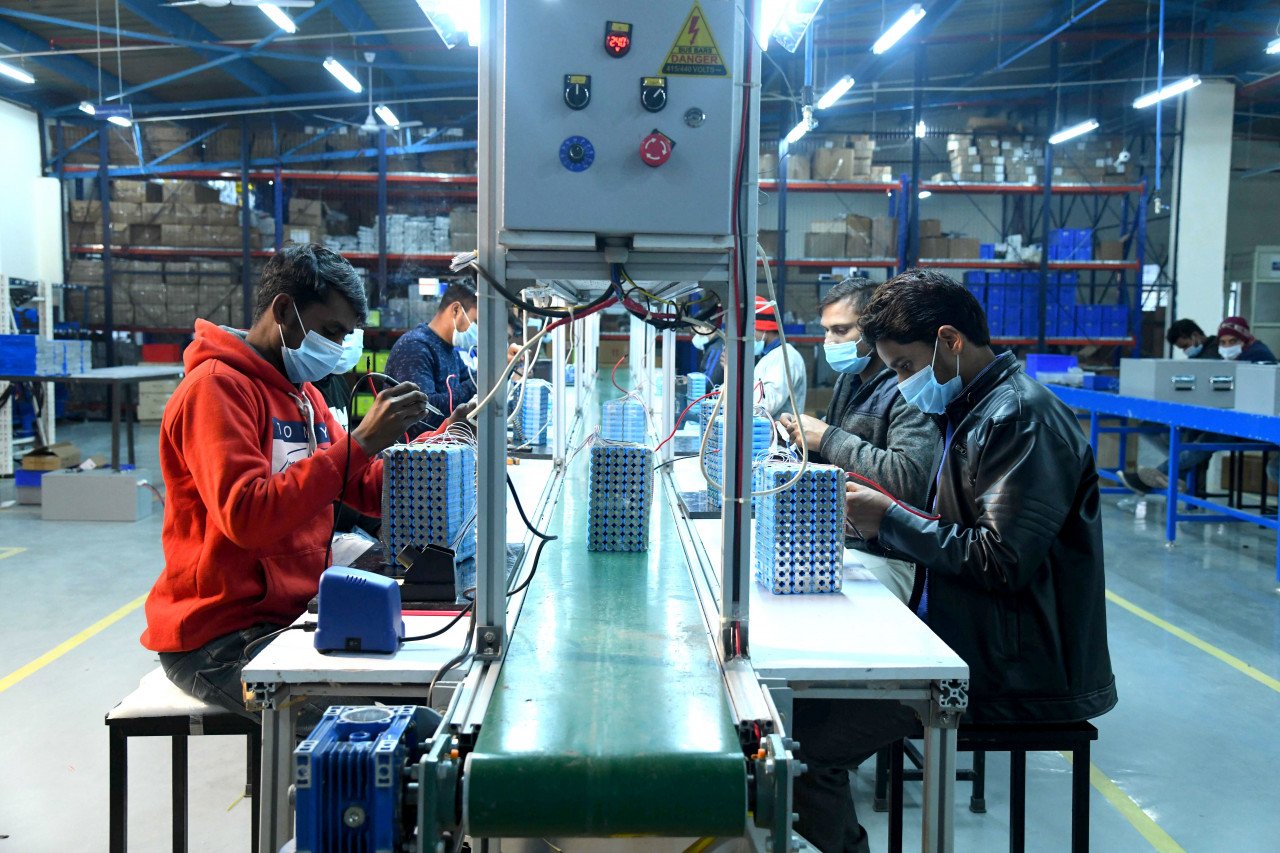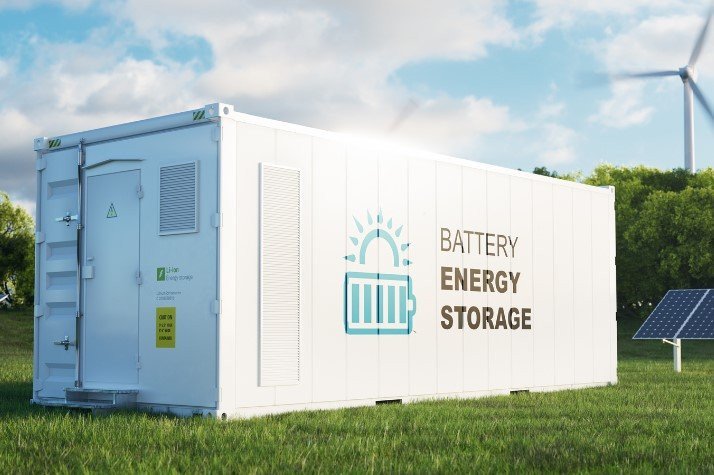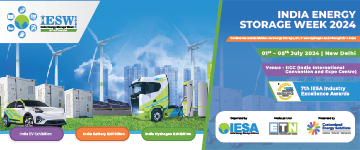Sustainability through second-life
Extraction and recycling provide a tremendous benefit to society. Rajat Verma, CEO, and Founder – LOHUM CLEANTECH Pvt Ltd explains the process of ensuring clean energy remains clean.
Q: Besides the tremendous contribution to sustainability in reducing e-waste in landfills, LOHUM Cleantech plays a key role in speeding up EV adoption - please elaborate.
Our goal is to lower costs across the battery supply chain. Whether our buy-back for 1st life, our lower-cost through reuse, or our ability to lower raw materials costs through recycling, our technology and business model is focused on reducing cost. Reducing battery cost is the fastest way to accelerate EV adoption.
Q: From a thousand options currently available, how did you decide on the battery recycling and extraction from e-waste space?
The world is shifting to clean energy. But the important question is how we are making this shift? The challenge historically, regardless of product, is that alternative options typically demand a significant price premium and therefore limit accessibility. In that event, the solution falls short. However, when we consider the possibilities of solar-plus-battery and the impact it can have on hundreds of millions of lives outside of urban areas, we feel we have a duty to ensure electric solutions are accessible to everyone.
Our vision is to accelerate access to clean energy through sustainability. We approached the problem differently in asking the question of how we could lower electrification costs – both economically and climate-wise – through sustainability. By giving batteries a 2nd life and recovering batteries materials when they have reached the end of life, we can accelerate accessibility to electric solutions by lowering costs and dramatically reducing the environmental impacts of shifting to clean energy by reducing mining costs and thereby of energy consumption.
Q: Could you explain 'extraction' from un-usable batteries, its importance, impact etc.?
Lithium-ion batteries are the key components of electric vehicles and they contain very valuable materials such as cobalt, lithium, nickel, and graphite. With the exponential increase in demand for lithium-ion batteries, cobalt demand will increase by 6X, lithium by 13X, nickel by 13X, and graphite by 12X by 2028. These are staggering numbers and all this material needs to be mined. The process of mining is not only harmful to the environment but requires immense amounts of energy. If recycled properly, these battery materials can be used over and over again. It enables us to limit mining over time. Additionally, India only produces graphite and is 100 percent reliant on importing other key battery materials. Top producers in the world include Australia for lithium, DRC (Democratic Republic of Congo) for cobalt, and Russia for a nickel. China controls more than 60 percent of the metals refining trade, so recycling can create an important raw material stream.
Q: You mention that the market size for recycling batteries is quite staggering. Could you share details, stats and potential?
By 2027, about 250 GWh of material shall be available for recycling from around the world.
If we recycle all 250 GWh of materials in India, we can be amongst the largest producers of these minerals/ metals - lithium, cobalt, nickel, and spheronized graphite collectively, with an estimated value exceeding $10 billion per annum. That will solve our major dependency on China and other countries for driving our electric vehicle revolution.
Q: What scale are you aiming at in recycling and extraction, what are you aspiring towards?
We are already expanding in India and are in the planning phase for a plant in the US by 2022. The opportunity is very large and we want to have a big footprint for our customers.
Q: You supply re-use battery packs for low-power applications like e-rickshaws, two-wheelers, etc. What is the kind of range one can expect?
Re-use batteries offer the same range and performance as a new battery.
Q: Do these batteries make for a preferred option over the large numbers of lead acid batteries still heavily in use in India? How does one promote these second life Li-ion batteries?
Li-ion batteries are already less expensive for the total cost of ownership. The performance is far superior. And more importantly, the leading technology is Li-ion and this is where our manufacturing industry should be focused.
Q: In the case of second-life batteries for vehicles, how would the question of insurance be addressed?
We have been developing reuse batteries for over three years and have millions of miles of operational data. We are confident of giving a warranty because we know the battery will perform.
Q: Kindly expand on the scope for second life batteries in the energy storage space.
Once a battery reaches the end of its warranty period or needs to be replaced, the battery owner desires to maximize its residual value and adhere to regulatory compliance requirements for battery disposal.
LOHUM provides an efficient and valuable solution for these challenges. Our battery reuse technology is anchored by our proprietary cell testing process that identifies which cells can be reused and maximizes cell utilization in another application.
Through the right technology and application selection, most batteries can be reused in another use after their first use for up to an additional three years. Stationary storage has a ton of reuse applications and there is a large opportunity to provide reliable access to electricity for millions of people.
Q: What is your assessment of the current EV momentum in India?
We are seeing a tremendous amount of momentum and we expect this to accelerate across both mobility and stationary storage. It is a very exciting time.
Q: What do you believe it would take India to really make a breakthrough in the EV space?
The very large two and three-wheeler market is a gift for India and one that no other market outside of China can replicate. India must take advantage of this unique market opportunity in developing its EV capabilities through the battery and working up through the supply chain route.
The country is projected to become the fourth-largest EV market over the next 20 years. And the change is expected to be predominantly steered by e -2Ws and -3Ws.
Q: China is the world's uncontested cell and component manufacturer. Where does it stand in recycling and extraction? Is there an opportunity for India to make it big in this area?
China has the largest recycling market at this point due to its lead in the EV sector. But technology is everywhere. And we are one of the global technology leaders in extraction.
Q: What do you find the most exciting aspects in your venture and its prospects for India?
Most exciting for us would be to see a brighter future with India playing a major global role in the EV ecosystem.
























